
As podcasts, music streaming, and other audio services become increasingly popular in today’s digital world, advertisers have the opportunity to reach consumers on an even more dynamic level. According to the Interactive Advertising Bureau (IAB), American audio and ad spending has increased by 30% in the first half of 2019 to $1.2 billion! Because of this substantial increase, Vibenomics, an internet marketing service, recently launched an Audio Out-Of-Home (AOOH) advertising marketplace where advertisers can broadcast their messaging to consumers on-location. Vibenomics offers advertisers the chance to reach over 150 million consumers when they shop, travel, work, and play by controlling and creating background music at site-specific locations. Even more ingenious, is the fact that AOOH offers all the same benefits of programmatic automation and measurement of retail venue audio. The audio captures listeners’ attention when and where they’re shopping, while at the same time, gathering critical information about spending habits, consumer behaviours, and sales engagement. In this article, we’ll explore the world of AOOH, some of its most enticing benefits, and some examples of this advertising medium in action.
The benefits
AOOH is an extremely new and innovative way that advertisers are able to reach and engage with their target audiences. According to Vibenomics, “studies show that background music influences how much time is spent in a store, purchasing decisions and spending totals. Background music can also reportedly trigger impulse buyers to make additional purchases”. Just like billboard or mobile ads, audio advertising can have an immense impact on purchasing decisions. AOOH is also a flexible medium for advertisers because just like a truck-side ad, you’re given the ability to target a very specific group of people – based on the time of day, weather, consumer age, gender, product availability, promoting a sale, and more. Plus, the programmatic technology involved with AOOH will not only let advertisers know that they’re reaching the right people at the right time, but also how their advertising efforts have influenced someone to make a purchase.

When done properly, AOOH can weave itself effectively into the background noise of a store, while at the same time engaging consumers. Placing advertising messages in between music and other audio will trigger consumer behaviour more than you would think. A recent study by MAGNA suggests that listeners are 35% more receptive to audio advertising than viewers – especially when they’re relaxed and focused. Moreover, AOOH can directly impact how and when consumers spend their money. For example, while consumers are shopping, it’s often easy to miss marketing signage, such as promotional signs and other such ads. However, with a well-timed AOOH ad, they are reminded of specific promotions and are more likely to take action.
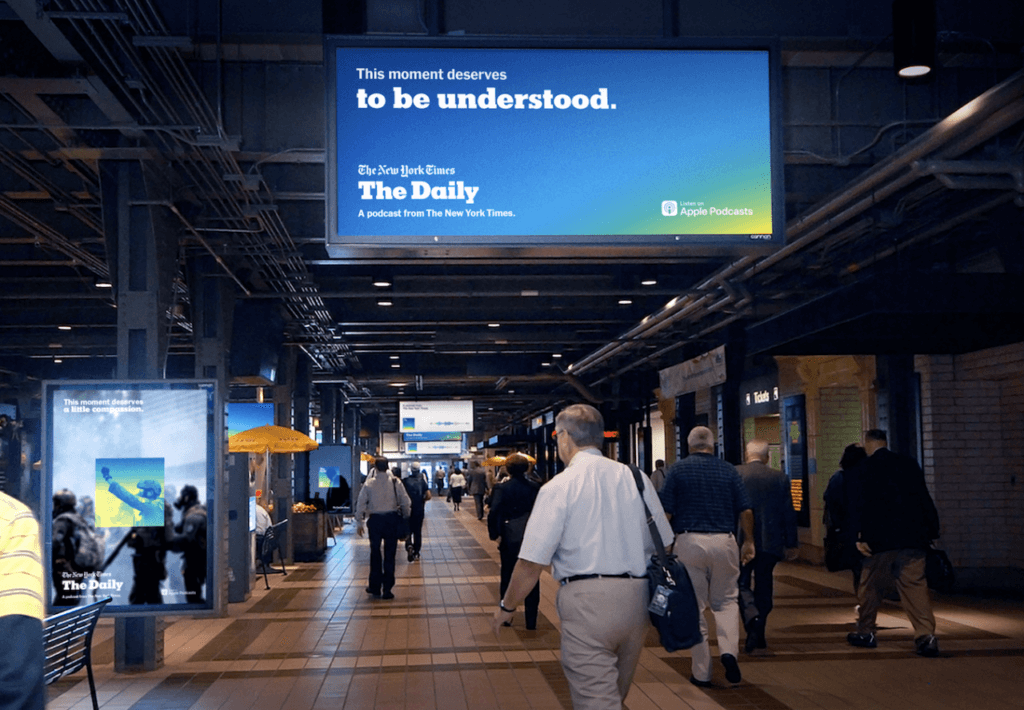
Combining AOOH with music playlists in a store that incorporate consumer interests and needs is an insanely effective way of increasing their chances in making an unplanned purchase. According to Spectrio, an American media company, 16% of unplanned purchases are driven by in-store promotions. Creating ads that relate to a specific in-store purchase, such as an ad for Lays chips in a grocery store, are more likely to elicit consumer purchases. Even playing specific music during certain times of the year and on certain days can increase overall engagement!
Some stats
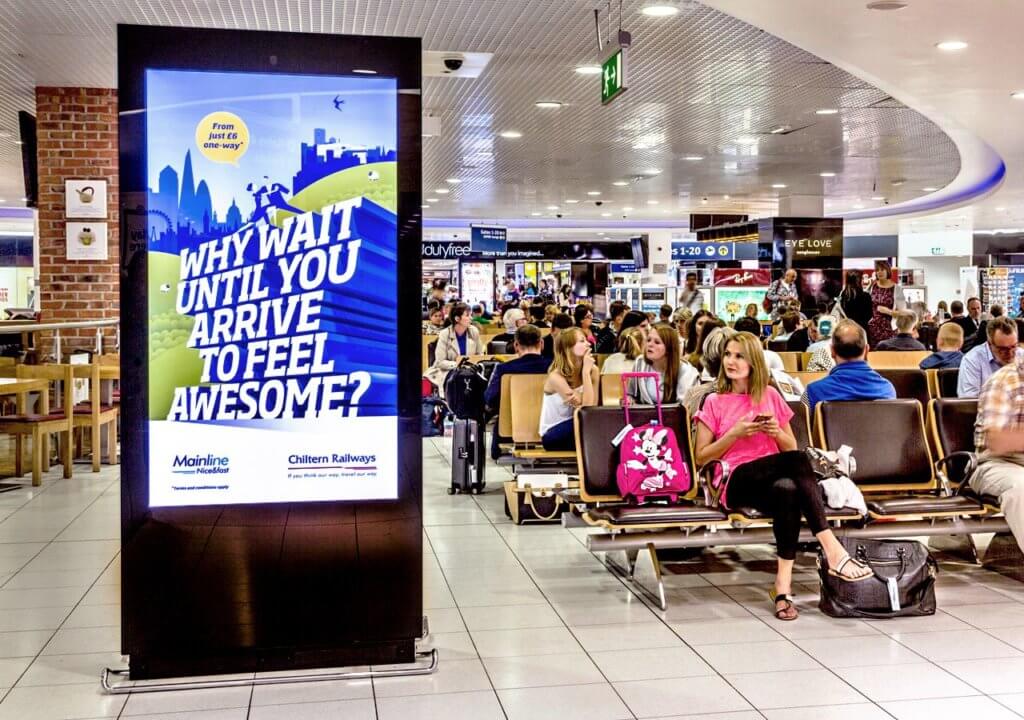
A new trial study by MAGNA and IPG Media Lab, alongside Pandora Media, found extremely interesting statistics regarding ad receptivity and ad attention with digital audio listeners compared to digital video watchers. The study revealed that mood absolutely matters when consumers are making purchasing decisions. When people are in a good mood (happy, focused, relaxed) it means they are more willing to listen to audio advertising, whereas when they are excited, they are more receptive to video viewers. Situational sensitivity also needs to be taken into consideration when deciding when and where to advertise. Digital video viewers are highly receptive to ads when they are with family and much less receptive when busy with a hobby or other activity. On the other hand, audio listeners are fairly receptive to ads over differing scenarios – giving them the upper hand. These stats are extremely helpful in targeting audiences at the most appropriate times. People’s moods can change drastically throughout the day, which matters a lot when you’re attempting to grab the attention of potential consumers.
Examples
The use of programmatic AOOH is an extremely new and noteworthy advertising tactic that has just come out of its beta testing. However, in the past, companies and brands alike have used audio OOH advertising to engage with and capture an audience. Let’s take a look at some examples from the past.
Back in 2017, the sweetened hazelnut cocoa spread brand, Nutella, partnered with a comedian from Amsterdam to create a fun and exciting AOOH campaign for listeners. The comedian would give out funny compliments to passersby via a digital panel. After stopping to chat, the recipients would also get a free jar of Nutella with a compliment on it! The campaign went viral, spreading good vibes across continents and raising an immense amount of brand awareness.
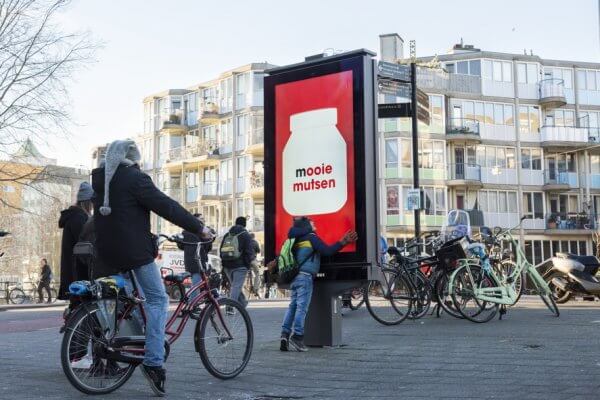
In 2016, Nespresso worked alongside Jcdecaux OOH advertising company to create a bus-stop advertisement in the Czech Republic. The bus-stop was completely transformed to look like a Nespresso coffee machine, with the dispenser and everything. What gave the OOH ad that extra creative kick, was the integrated sound of coffee being brewed. The sound gave passersby an emotional reminder of what it sounds like to have a comforting cup of coffee being poured. Again, the ad was well-received by all who passed by it and by those who saw it on social media.
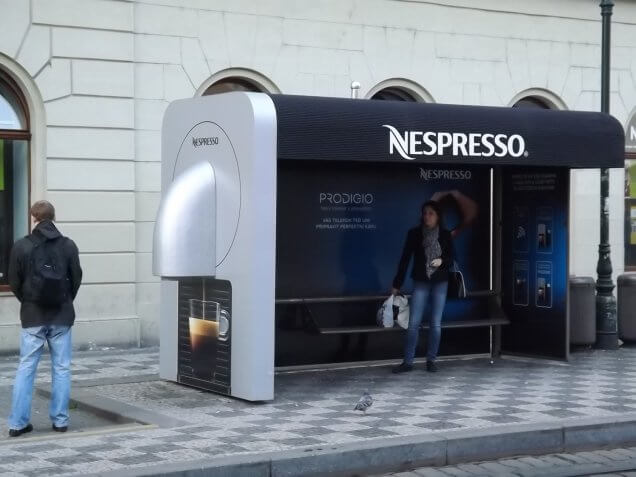
In the Swiss region of Graubünden, the Swiss tourist company created an extremely unique advertising stunt to promote tourism in the region. Using an interactive digital screen set up, Graubünden tourism displayed a billboard with a man in the mountains that would call out to people passing by in real-time. The passersby were asked to yodel for their chance to win a small getaway to a beautiful mountain town. Not only did this campaign encourage a fun and spontaneous user experience, it also encouraged consumers to immediately engage and buy into the company.
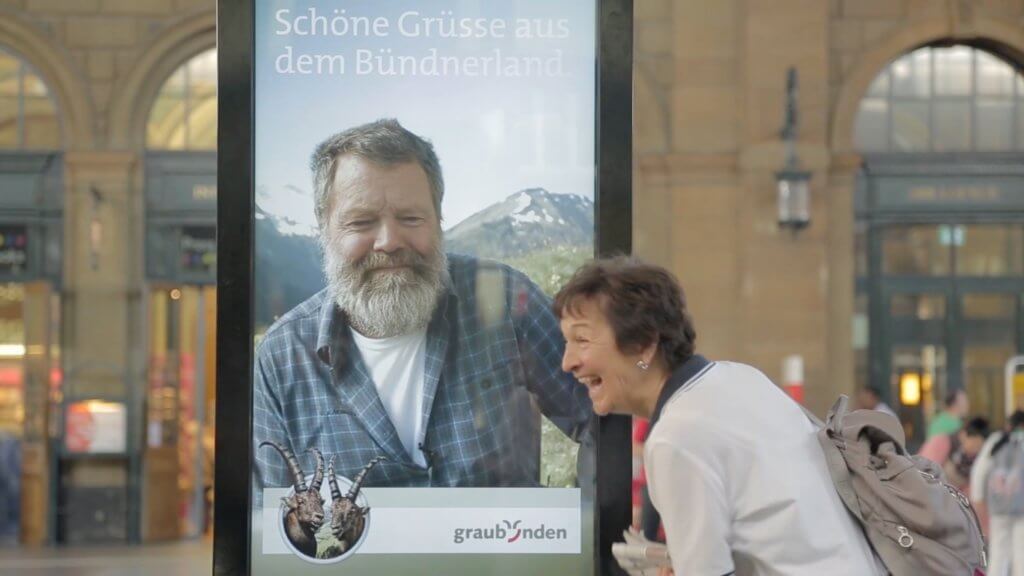
To Conclude
An entirely new way for advertisers to reach their audience is among us. Brands that decide to add AOOH advertising into their media mix will be way ahead of their competitors when it comes to engaging with their target market. A DPAA Media Planner survey, showed that 38% of the surveyed decision-makers expect to recommend more spending on DOOH in the next two years. As the way we consume media continues to shift and grow, the way that advertising is created and consumed should too. There’s no better time to engage with your target audience in a creative way across multiple platforms and devices. And the best way to do that is by investing in AOOH!


